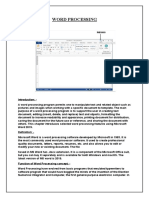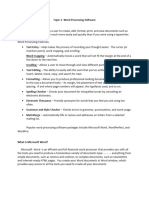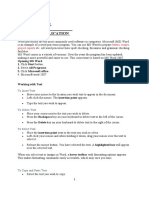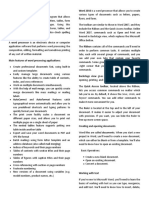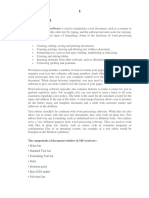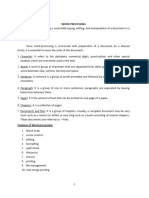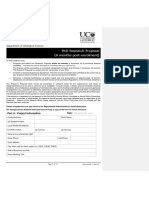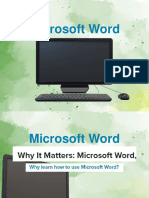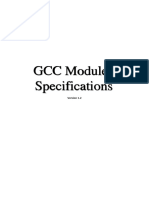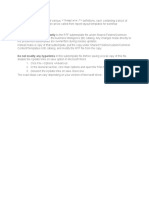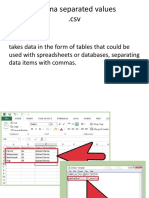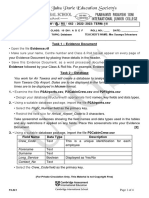0% found this document useful (0 votes)
67 views14 pagesComputer Appl. Notes Unit-1
The document provides a comprehensive overview of word processing, detailing its definition, features, popular software, advantages, and applications across various fields. It also covers the use of templates, document creation, editing, formatting, and additional functionalities like AutoCorrect, AutoText, and Mail Merge. Key elements such as headers, footers, tables, and multimedia insertion are also discussed to enhance document presentation and organization.
Uploaded by
Dr Sunita ChauhanCopyright
© © All Rights Reserved
We take content rights seriously. If you suspect this is your content, claim it here.
Available Formats
Download as DOCX, PDF, TXT or read online on Scribd
0% found this document useful (0 votes)
67 views14 pagesComputer Appl. Notes Unit-1
The document provides a comprehensive overview of word processing, detailing its definition, features, popular software, advantages, and applications across various fields. It also covers the use of templates, document creation, editing, formatting, and additional functionalities like AutoCorrect, AutoText, and Mail Merge. Key elements such as headers, footers, tables, and multimedia insertion are also discussed to enhance document presentation and organization.
Uploaded by
Dr Sunita ChauhanCopyright
© © All Rights Reserved
We take content rights seriously. If you suspect this is your content, claim it here.
Available Formats
Download as DOCX, PDF, TXT or read online on Scribd
/ 14











